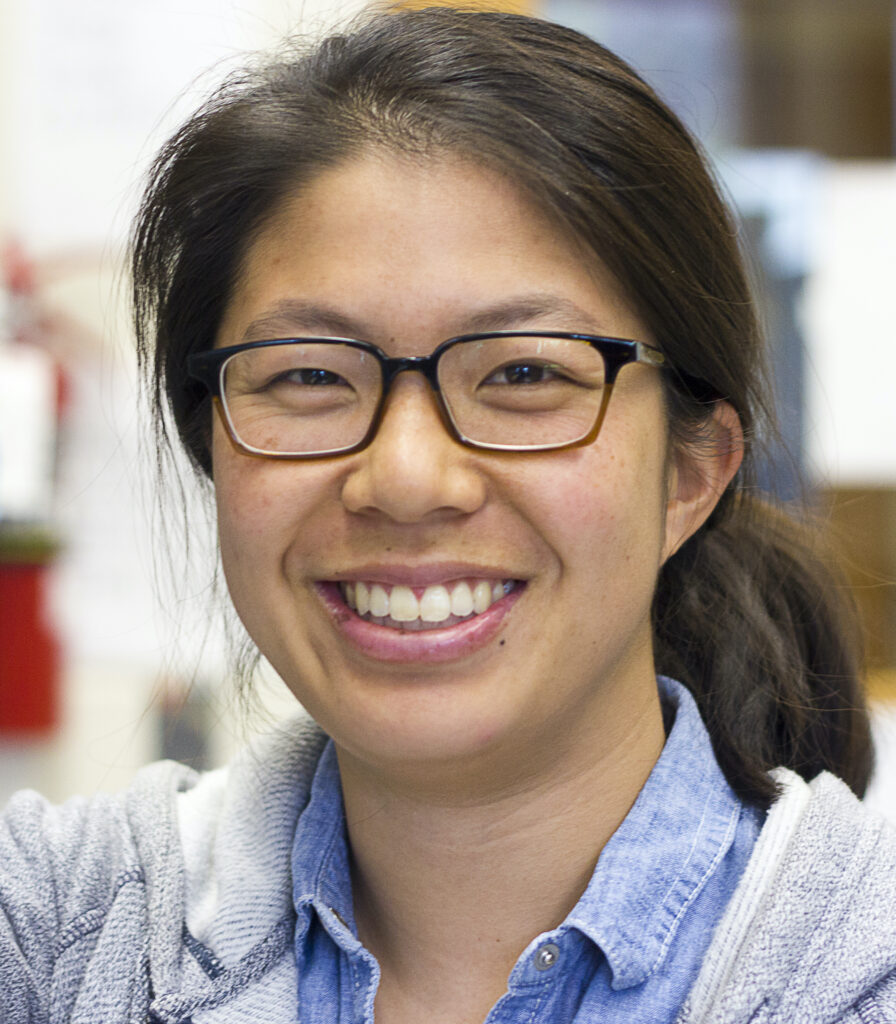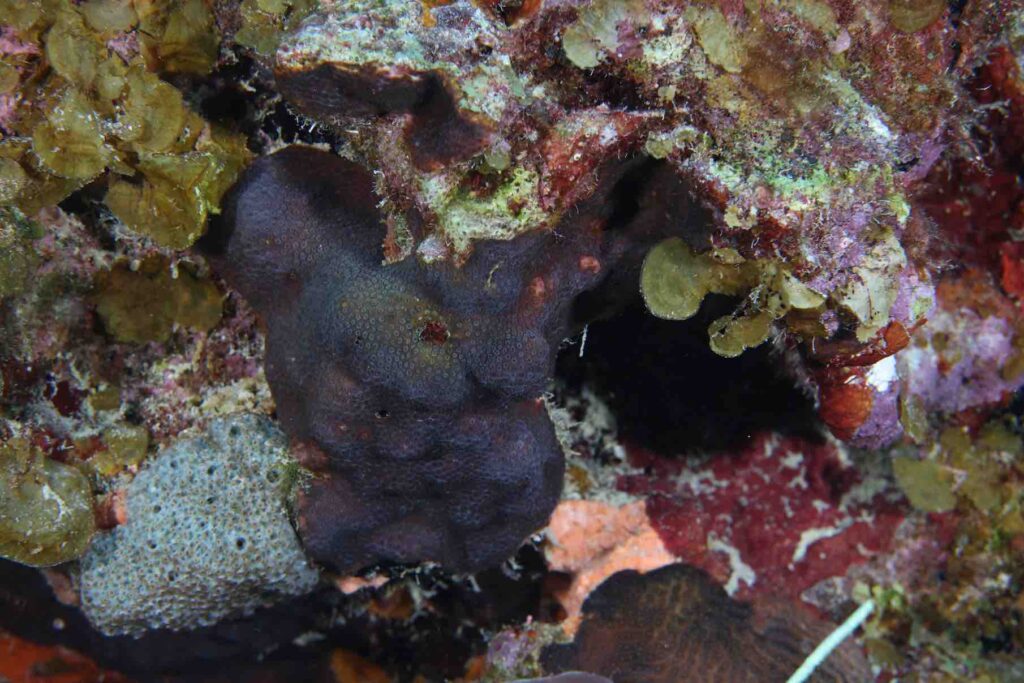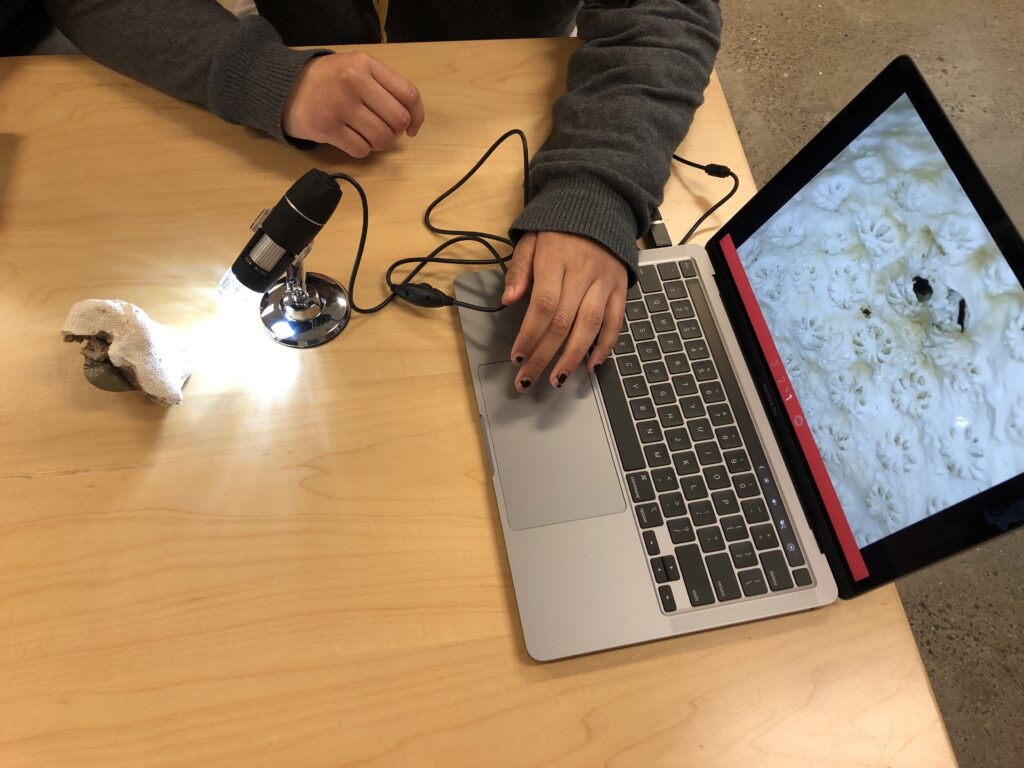
About the Blog Author
Dr. Jennifer Hoey is an evolutionary ecologist and NSF-OCE Postdoctoral Fellow in the Reefscape Genomics Lab at the California Academy of Sciences. She studies how marine organisms adapt to changing conditions by investigating the evolutionary processes that contribute to genomic and morphological patterns of variation in the sea. Follow Jennifer on Twitter @jahoey13 or on her website.
Hello everyone!
I am an ecologist and evolutionary biologist by training and I am interested in topics related to landscape genomics, rapid adaptation, human-induced evolution, and conservation in aquatic systems. Much of my research focuses on how microevolutionary forces shape patterns of genetic diversity across space and through time, and how the processes inferred from past and current genomic patterns might influence evolutionary potential in a changing world. I use population genomics, natural history collections, computation, and environmental datasets to understand the past, present and future of aquatic populations. Most of my previous work has been with marine and anadromous fishes, but I am excited to have recently expanded into corals!

I am currently an NSF-OCE Postdoctoral Fellow in the Reefscape Genomics Lab at the California Academy of Sciences. I am particularly interested in studying hybridization and introgression as a rapid means of increasing standing genetic variation or introducing potentially pre-adapted alleles into a population. My overall postdoc project goals are to determine the ecological causes and the evolutionary consequences of hybridization along a depth gradient in a genus of Caribbean corals (Madracis spp.). By combining high-resolution 3D modeling of reef patches in Curaçao that have been imaged since 2019 with sampling of individual colonies within these patches for population genomic and morphological analyses, my project will 1) reveal the genomic, evolutionary history and spatial scale of hybridization, and 2) link individual coral genotypes with morphological and microhabitat characteristics.

I am also very passionate about science communication, so being a postdoc at a public science museum has been a fantastic opportunity to practice being a science communicator. At the California Academy of Sciences, I have assisted with curriculum development to teach middle school youth about corals and climate change and I have given multiple outreach talks for museum members and the general public. I am also involved with the Careers in Science Intern Program, a 2-3 year scientific training and personal development program for San Francisco high school students from communities traditionally underrepresented in STEM fields. Over the course of a semester, Interns learn about the basics of coral biology, ecology, and evolution. Interns gain hands-on skills with Google Workspace tools and the R programming software. Interns then investigate how a morphological trait differs between species in the Madracis coral genus and they use their new skills to quantify, visualize, and test for statistical differences in their data before sharing their findings with their peers.




